
Art history is a vast topic. From the pottery of ancient Greece to the contemporary pop art of the 1960s, there are millions of artists across hundreds of styles that you can sink your teeth into.
Even if you’re generally not “into art,” you’ll still be able to find something that resonates with your soul. Here are some of the best sites to learn about art history.
1. Smarthistory
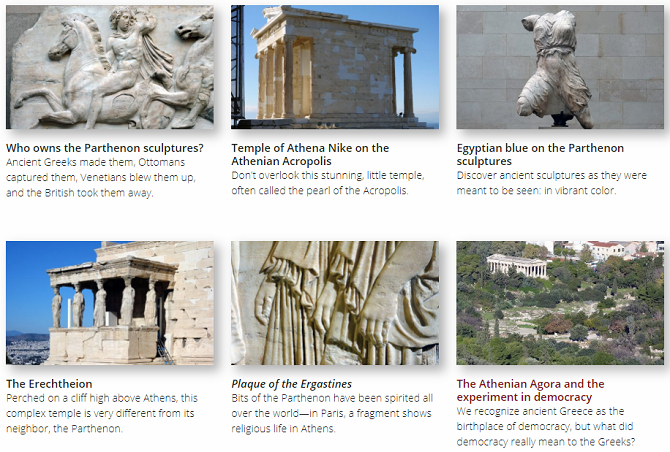
Smarthistory is one of the most-visited art history websites in the world. It offers a mix of essays and videos from knowledgeable contributors that will appeal to both novices and experts.
The videos typically focus on a particular cultural location like a gallery or outdoor exhibition.
The subject matter covers all human history; the site is neatly categorized into sections such as Ancient Mediterranean, The Americas to 1900, and The Islamic World for easy navigation.
There’s also information that helps you appreciate art and appreciate museums in a new light. Example content includes articles about how to interpret surface and depth in paintings and how art galleries can shape a collective national identity.
2. UbuWeb
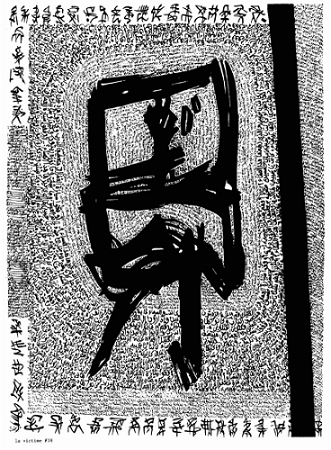
UbuWeb has a singular focus: avant-garde material. It’s been online since way back in 1996.
For the unfamiliar, the term avant-garde refers to any artists, writers, and composers whose work opposes regular mainstream cultural norms. Typically, it will have a political or social theme.
UbuWeb covers visual art, sound, poetry, and film. It only publishes out-of-print work.
The site looks a bit dated, but the easy-to-navigate categories are packed with material.
3. The Metropolitan Museum of Art
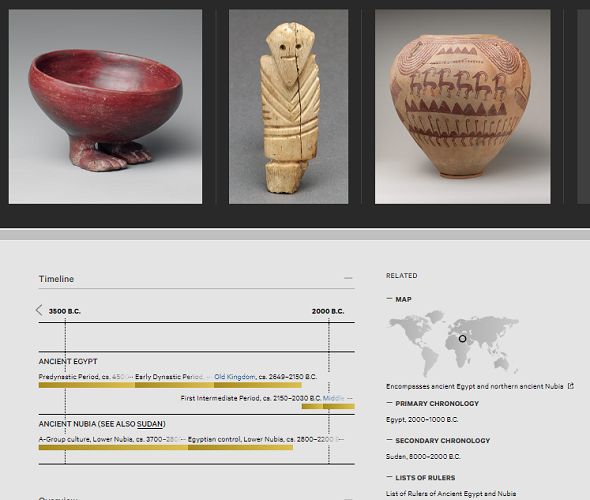
The Metropolitan Museum of Art in New York is the largest art museum in the United States, but its website is a fantastic resource for people who are interested in the history of art.
On the homepage, it’s the Art tab which is worth your attention. Within the tab, you’ll find a link to the museum’s Timeline of Art History.
The timeline is a collection of essays, photographs of art, and chronologies from various periods in history. Each section has an overview, a list of key events, a scrollable timeline, and a huge number of associated images of paintings, artifacts, and other artwork. It’s hard to get across quite how much information is available.
You can filter the timeline by time period, geographic location, and artistic theme.
4. Art History News
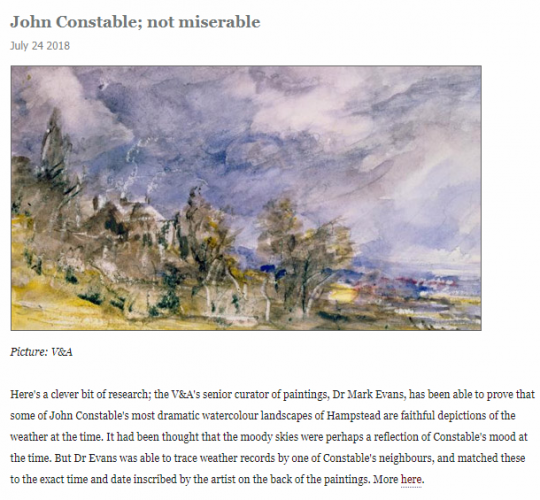
Art history news is a one-man blog that covers all the latest stories in the world of art history.
The stories encompass everything from news about new exhibitions to information about some of the world’s most famous historical artwork. The editor, Bendor Grosvenor, also offers a fair number of research and opinion pieces.
The site has been running since 2008 and has a vast back catalog for you to delve into. You can expect at least one new article per day.
5. WikiArt
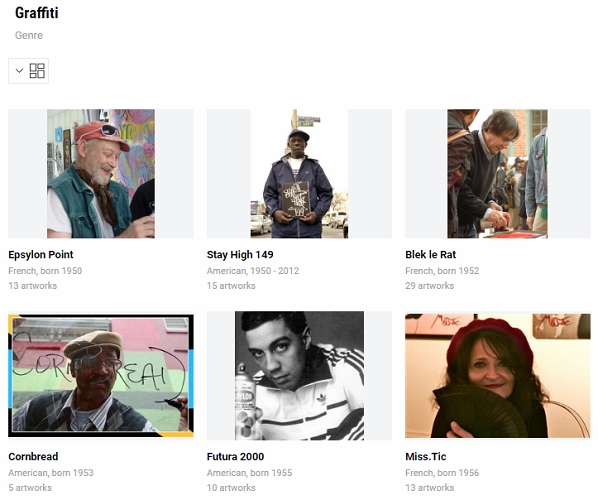
WikiArt features images of more than 250,000 pieces of art by over 3,000 artists. Much of the art is not on public display; it’s stored in vaults or displayed in universities, town halls, and other civic buildings which are not accessible to the general population.
Unlike UbuWeb, WikiArt includes both public domain and copyright-protected artworks. The copyright-protected works are displayed under the fair use principle, meaning you can be confident the content isn’t going to vanish suddenly.
You can navigate the site using the seven filters in the left-hand panel. They are Art Movements, Schools and Groups, Genres, Fields, Nationalities, Centuries, and Art Institutions.
6. Web Gallery of Art
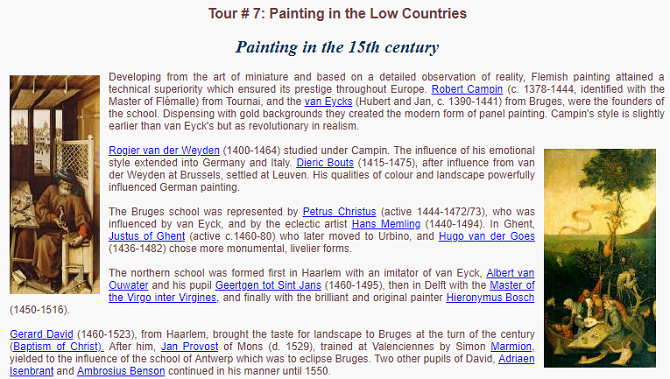
The Web Gallery of Art specializes in European fine arts. It covers time spanning from the 8th to the 19th centuries.
Initially, the site’s primary focus was the Renaissance period in the 14th, 15th, and 16th centuries, but it later expanded to also include the Renaissance’s early roots in medieval times along with the Renaissance style’s transformation into Baroque and Rococo art in later years.
There are three primary ways to explore the site. You can use the list of artists (complete with filters), the local search engine, and the virtual tours.
The virtual tours are a great way to learn about certain aspects of art history. You have 16 to choose from. Examples include Art in the Germanic countries between 1450 and 1550, Painting in the Low Countries (1400-1800), and The Art of Giotto.
7. The Museum With No Frontiers
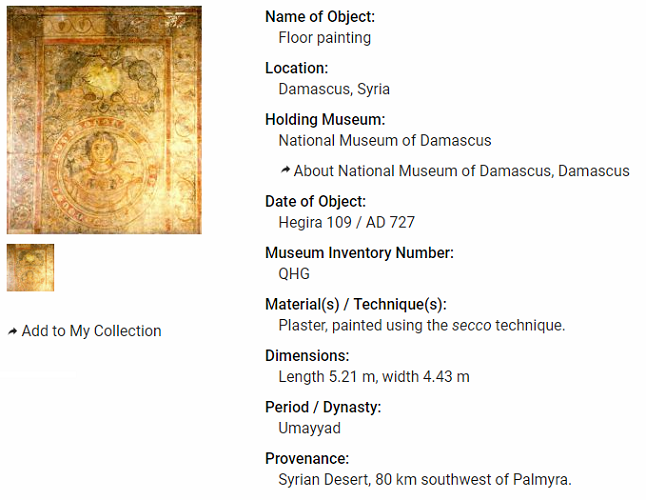
The Museum With No Frontiers is the planet’s largest online museum. It’s a collaborative project between the E.U. and dozens of galleries and museums around the world.
The site has three thematic sections: Discover Islamic Art, Discover Baroque Art, and Discover Carpet Art. For each section, you can explore the vast databases to learn about everything from architecture to pottery. Each section also has its own country-specific timeline.
Make sure you also check out the site’s mini galleries. They take a theme—like calligraphy, musical instruments, or funerary objects—and display works from around the globe. There are 37 mini galleries to browse.
You can even create your own customized collections of your favorite works and share them with other people.
8. ThoughtCo Art History Guide
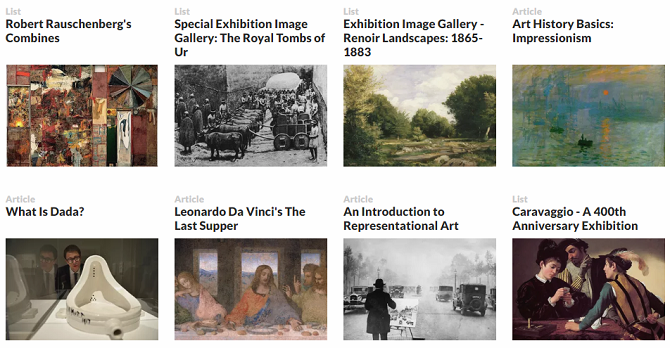
The ThoughtCo Art History Guide offers a great mix of articles, many of which offer a more modern twist on what can be quite a dry subject matter for newcomers.
Examples include “7 Things You Didn’t Know About the Sistine Chapel”, “7 Major Painting Styles: From Realism to Abstract”, and “10 Most-Loved Paintings by Vincent Van Gogh”.
There’s also a vast number of more typical articles, covering everything from biographies to the stories behind famous works.
9. National Art Museum of China
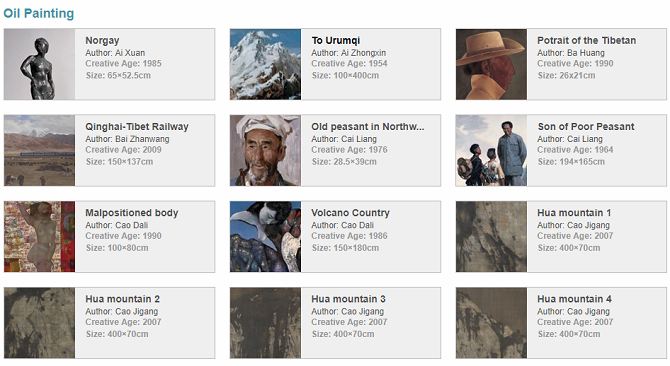
Of course, there’s a world of art history outside of Europe and North America. The National Art Museum of China—which was opened by Chairman Mao in 1963—showcases the best Chinese works from ancient times through to the modern day.
The museum has more than 110,000 pieces in its collection. On its official website, you can explore all the pieces, read about their history, and learn about the artists who created them.
As you’d expect for a national gallery, the site is slick and easy to use. There are lots of filters and categories to help you find the works which interest you, and there’s a news page to keep you abreast of the latest goings on in the world of Chinese art.
10. The Arts of India
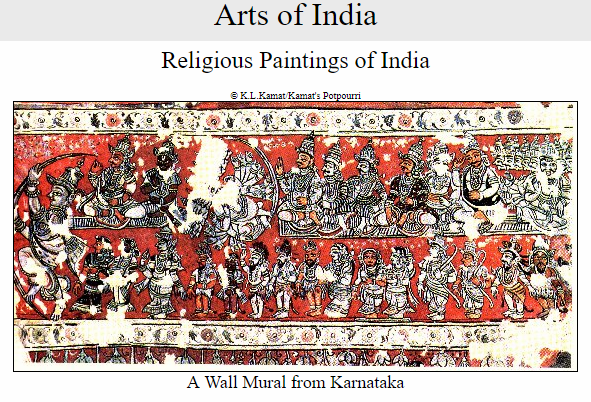
We’ll leave you with another fantastic resource for learning about non-western art history: The Arts of India.
Like Art History News, it’s a one-man blog. The website’s layout is outdated, but the quality of content available makes up for the design deficiencies.
The site covers 3000 years’ worth of Indian art across a wide range of categories. You’ll find essays on several styles and themes, a vast repository of digitized paintings, and biographies on some of India’s best-known artists.
The wider site offers information about Indian culture, mythology, and religion, all of which will come in useful if you ever travel to India.
A Broad Selection
We’ve tried to give you a list of sites across a broad spectrum, covering museums, blogs, various forms of art, and multiple geographic regions. Feel free to add your own recommendations in the comments.
And if you fancy yourself as a budding artist who might one day have your work appear on sites like these, check out our articles on YouTube videos that’ll teach you how to draw portraits and the best Udemy art classes.
Read the full article: The 10 Best Sites to Learn About Art History
from MakeUseOf https://ift.tt/2nje9KO
via IFTTT
0 comments:
Post a Comment